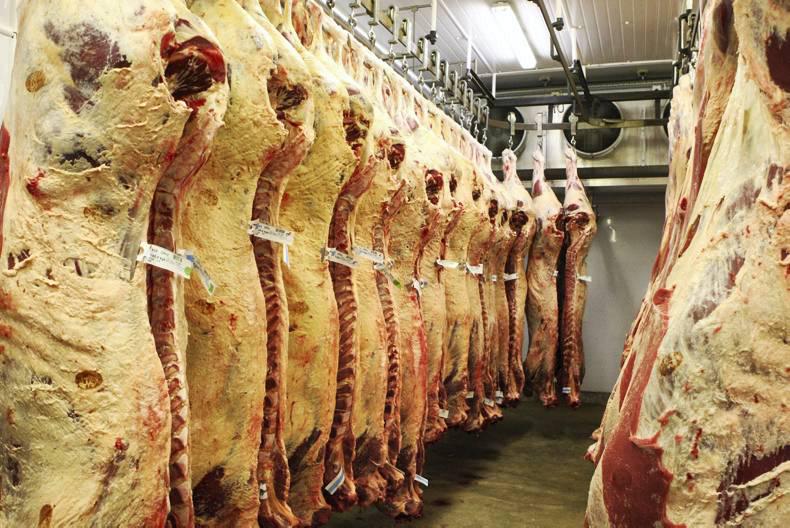Two weeks after the BSE suspect was found in Co Louth, laboratory results confirmed that it was an isolated incident of classic BSE in the animal.
Normal protocols have been followed for all animals potentially exposed to the BSE agent that caused this incident – those born and reared on the same farm one year either side of the birth date of the positive animal, and her progeny. These have been slaughtered, excluded from the food and feed chains, and tested.
In total, 63 cohort animals and four progeny of the positive testing animal have been slaughtered and disposed of – all of which were BSE-tested and returned negative results.
Classic case
This finding of a classic case of BSE is now regarded by the Department of Agriculture, Food and the Marine as one of “a diminishing number of such cases that have been identified in Ireland and in other countries over the years”.
When the news broke almost three weeks ago, the immediate concern surrounded what it would mean for Irish beef markets.
By coincidence, Ireland had just qualified for an upgrade to negligible BSE risk status with the World Organisation for Animal Health (OIE). For several years previously, Ireland had been operating under controlled risk status, and it is likely that the one visible outcome will be that the OIE returns Ireland to this status.
Ireland had successfully opened markets from Hong Kong to Japan to the US under this status, in some cases ahead of countries that already had negligible risk status. Therefore, we expect international markets to continue without disruption.
On the ground, farmgate cattle prices have been improving each week over the past month, so it is clear that it is business as usual.
Finding a case of BSE isn’t the sort of news that the industry ever wants to hear. However, the fact that the Department put its procedures in place immediately, combined with the traceability and inspection systems in place on farm and in factories, meant that Ireland could showcase its controls and in the process retain the confidence of beef markets.






 This is a subscriber-only article
This is a subscriber-only article










SHARING OPTIONS: